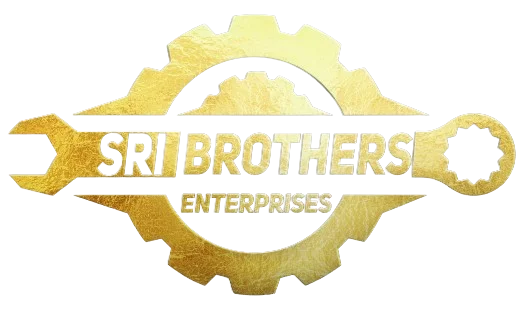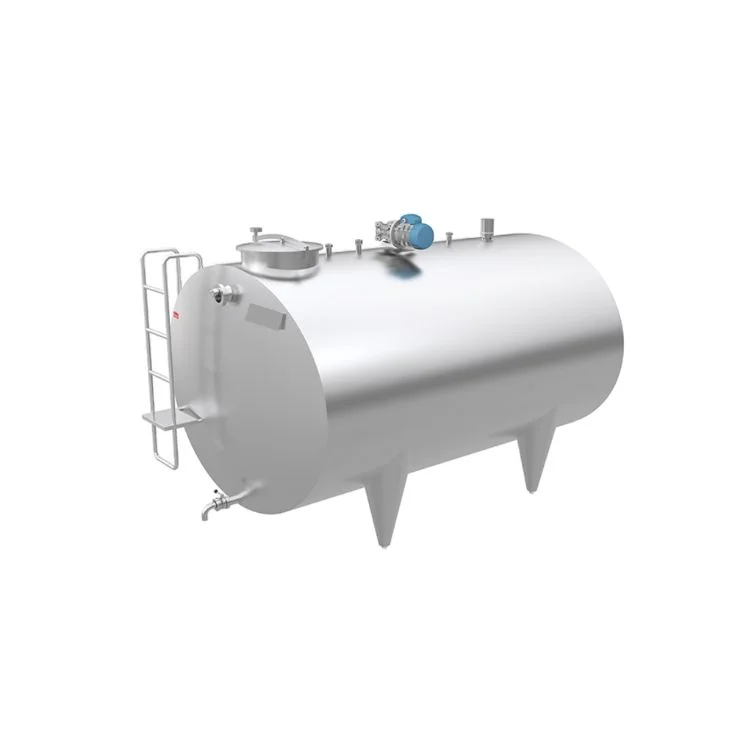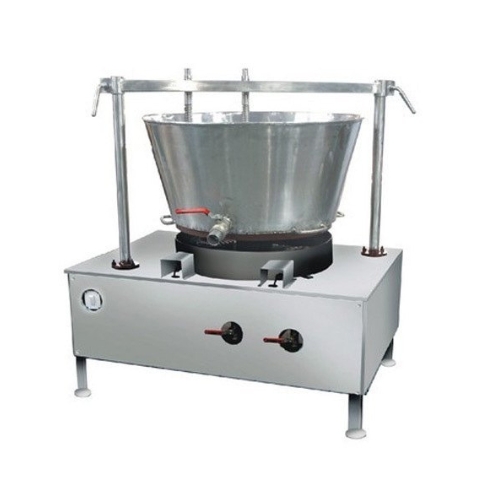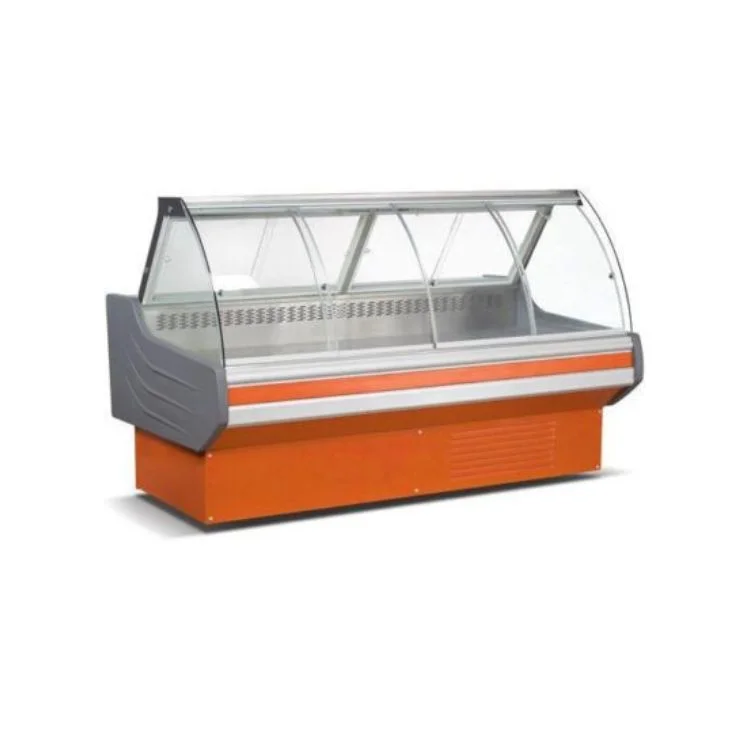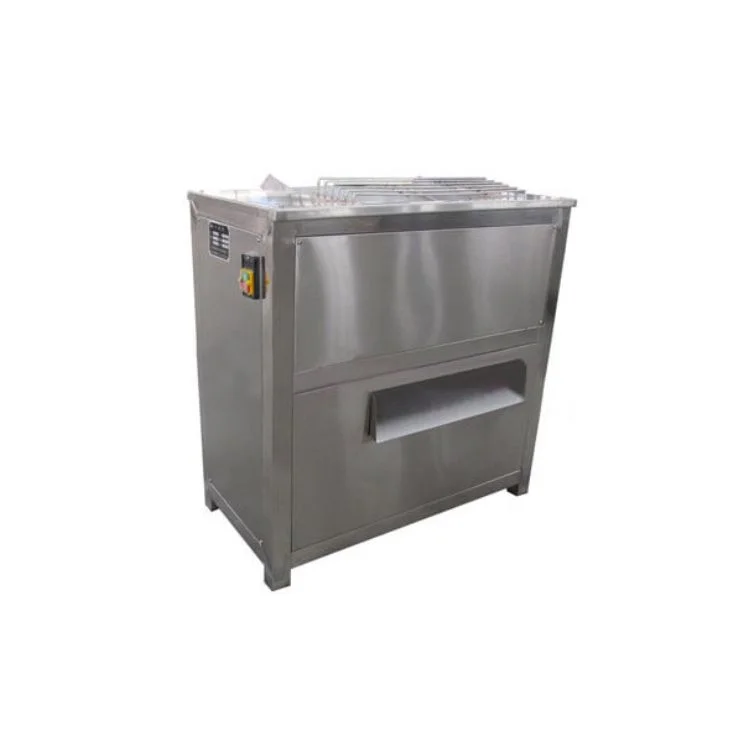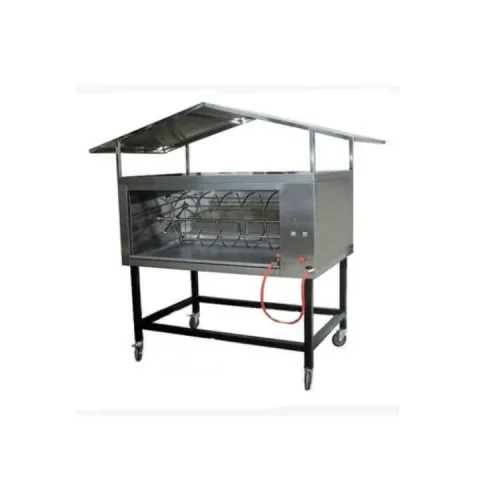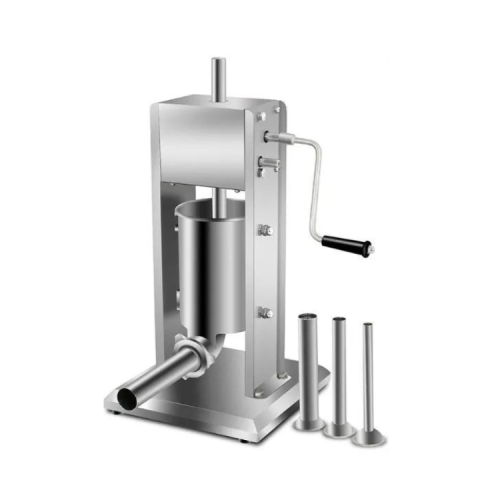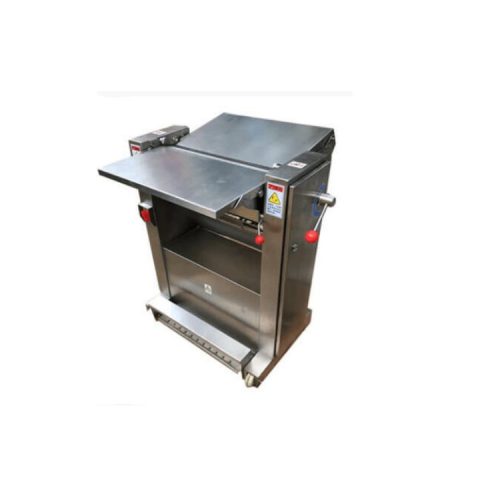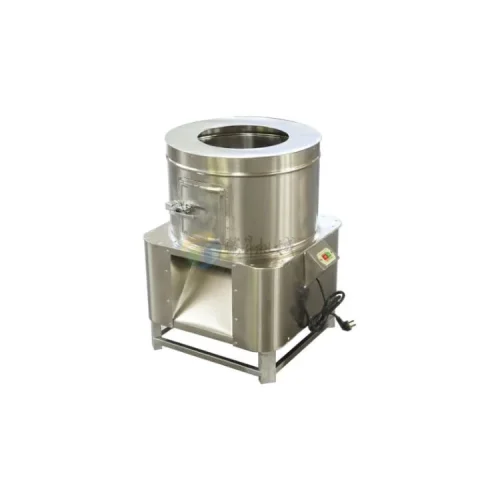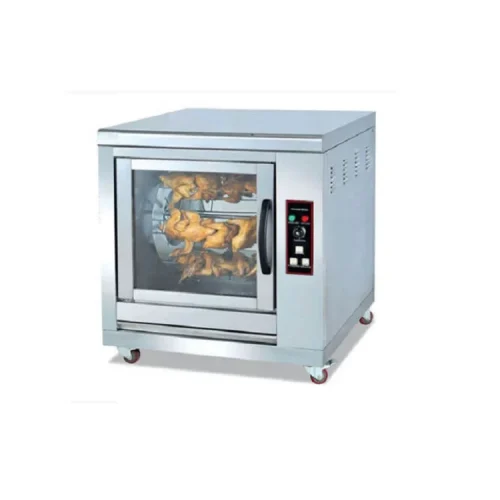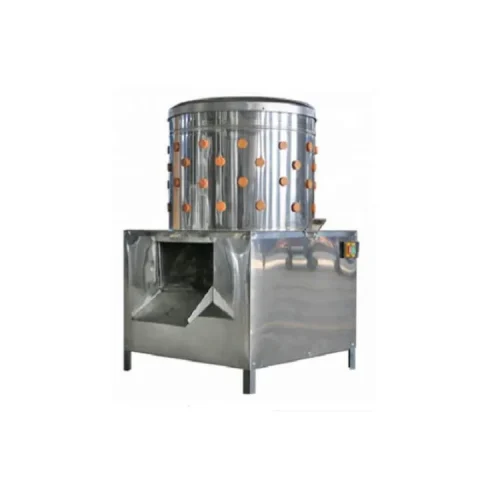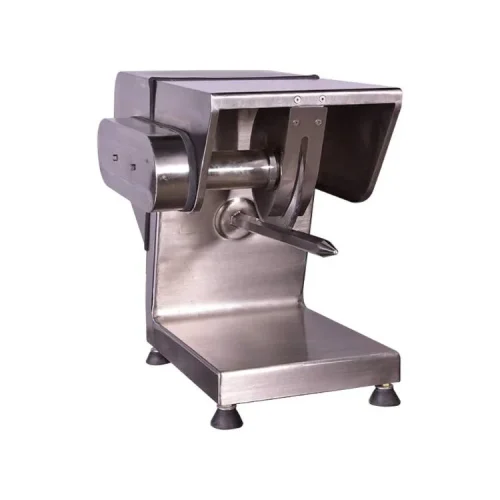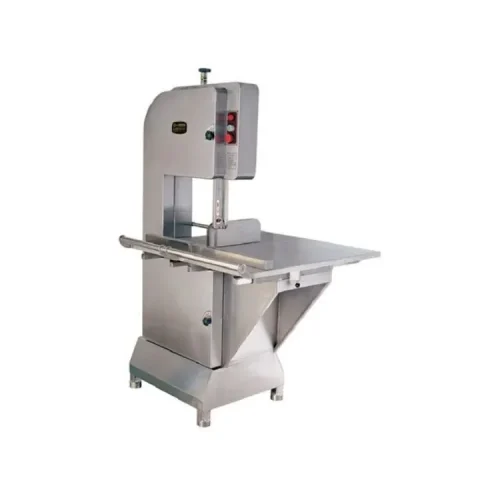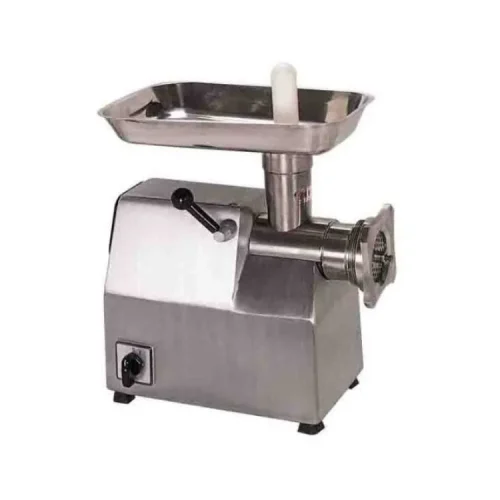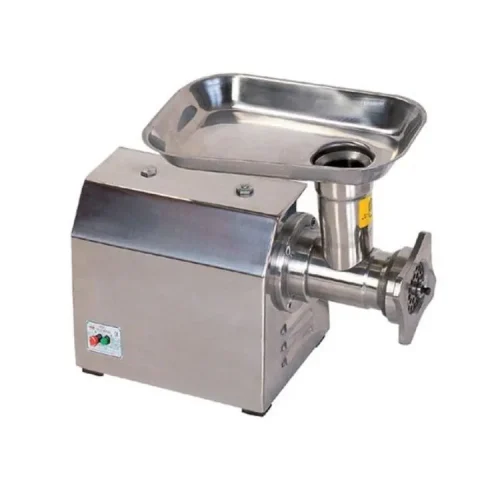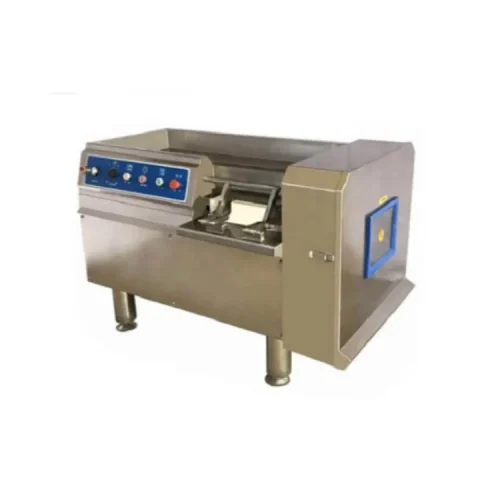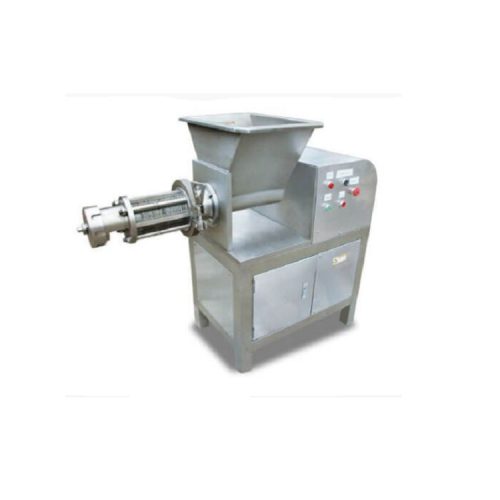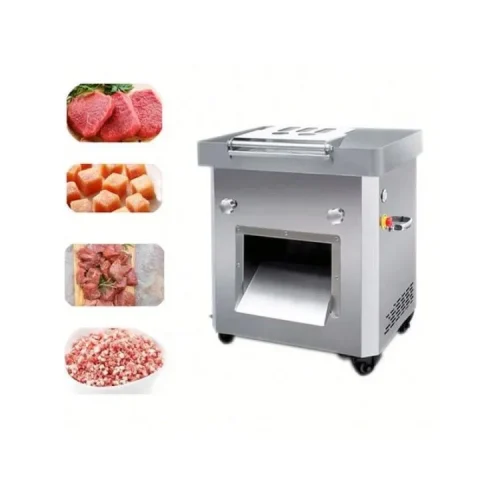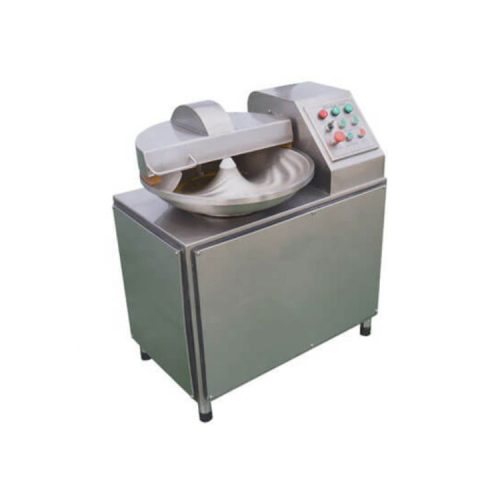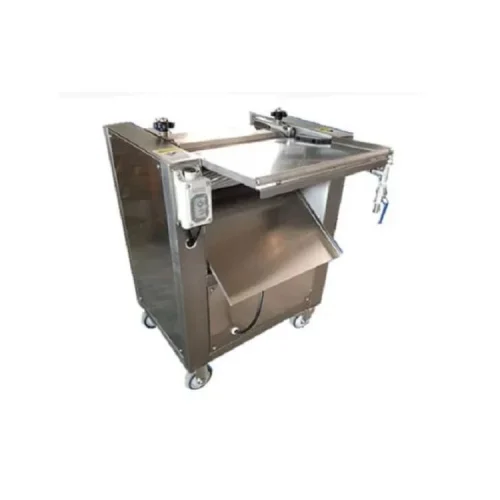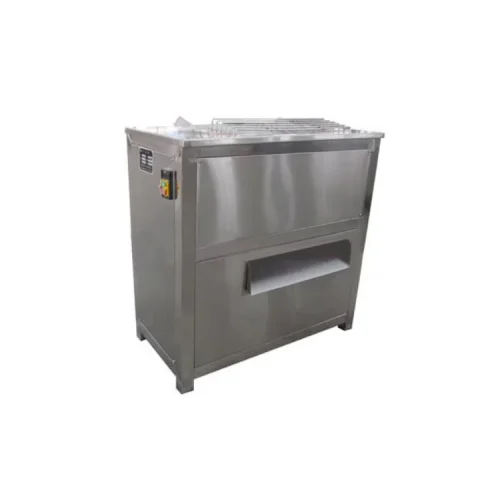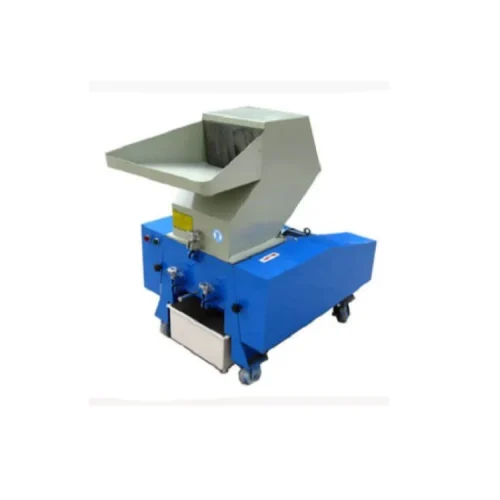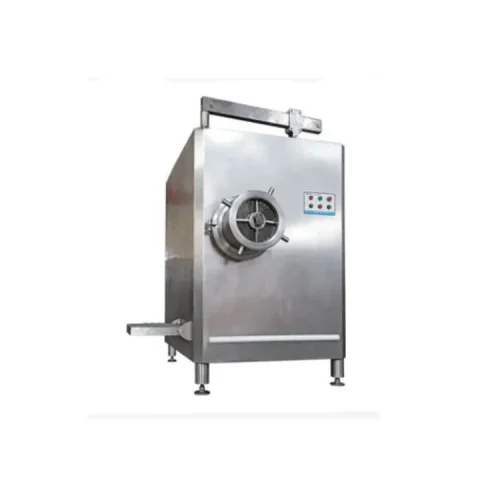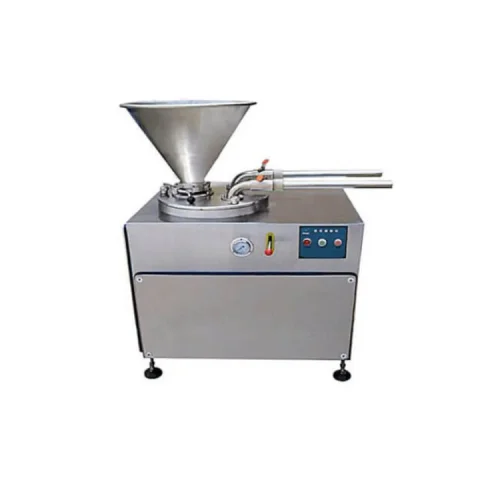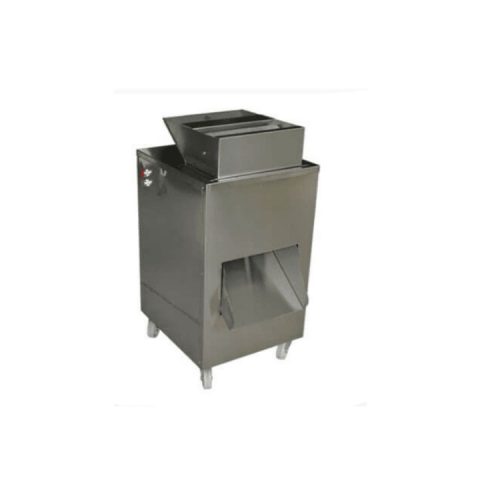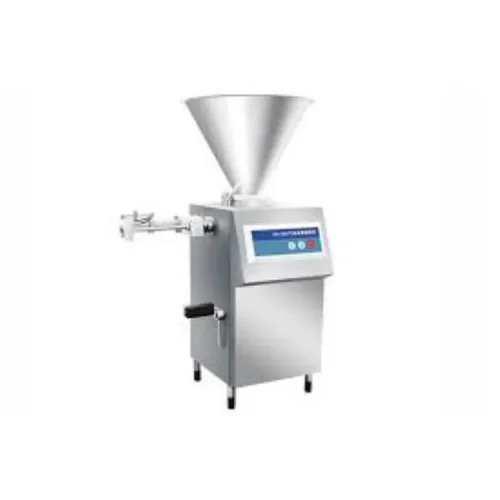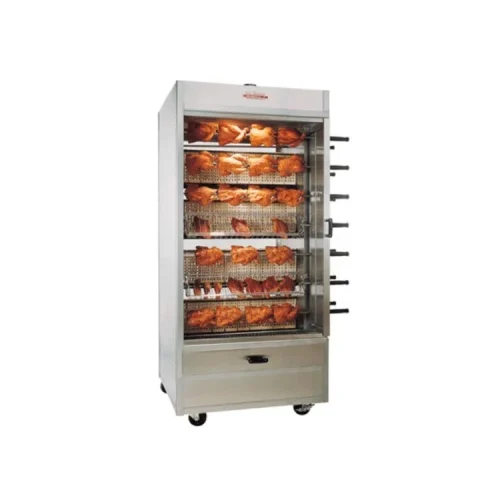Streamlining Your Seafood Business: How Fish Cutting Machines Boost Efficiency and Profits
In today’s fast-paced seafood industry, efficiency and profitability are paramount. That’s why many seafood businesses are turning to fish cutting machines to streamline their operations. These high-tech machines deliver unmatched precision and speed, revolutionizing the way seafood is prepared.
By investing in fish cutting machines, seafood businesses can significantly reduce labor costs and increase productivity. These machines are designed to swiftly and accurately cut and fillet various types of fish, ensuring consistency and minimizing waste. This not only saves time but also optimizes the use of valuable resources.
Moreover, fish cutting machines eliminate the risk of human error, ensuring that every cut meets the highest standards of quality. With their advanced features and intuitive technology, these machines are capable of handling large volumes of fish with ease, allowing seafood businesses to meet the demands of even the most discerning customers.
By embracing fish cutting machines, seafood businesses can take their operations to new heights, maximizing efficiency and boosting profits. With the ability to rapidly process and prepare fish, these machines are a game-changer for the industry.
Streamline your seafood business today with fish cutting machines and unlock the potential for greater success.
How fish cutting machines improve efficiency in seafood businesses
In the fast-paced seafood industry, efficiency is key to staying competitive and profitable. Traditional methods of preparing fish can be time-consuming and labor-intensive, leading to increased costs and potential inconsistencies in the final products. However, with the advent of fish cutting machines, seafood businesses now have a game-changing tool that can streamline their operations and boost efficiency.
One of the primary ways fish cutting machines improve efficiency is by significantly reducing labor costs. These machines are equipped with advanced technology and sharp blades that can swiftly and accurately cut and filet various types of fish. This eliminates the need for manual labor, which can be slow and prone to human error. With a fish cutting machine, seafood businesses can automate the cutting process and allocate their workforce to other important tasks, such as quality control or customer service.
Not only do fish cutting machines save on labor costs, but they also increase productivity by enabling faster processing times. These machines are designed to handle large volumes of fish with ease, ensuring that seafood businesses can meet the demands of their customers, whether it’s a busy restaurant or a wholesale supplier. With the ability to cut and filet fish rapidly, these machines can significantly reduce processing time, allowing seafood businesses to fulfill orders more efficiently and effectively.
In addition to reducing labor costs and increasing productivity, fish cutting machines also contribute to minimizing waste and optimizing the use of valuable resources. Traditional fish cutting methods often result in a significant amount of waste due to inconsistent cuts or improper fileting techniques. This can lead to a loss of profits and a negative impact on the environment. However, fish cutting machines are designed to deliver precise and consistent cuts, minimizing waste and maximizing the usable portions of the fish. This not only saves money but also ensures that every part of the fish is utilized, reducing the overall environmental footprint of the seafood business.
Benefits of using fish cutting machines in seafood businesses
The use of fish cutting machines in seafood businesses offers a wide range of benefits that go beyond just improving efficiency. These machines revolutionize the way fish is prepared, providing seafood businesses with a competitive edge in the industry. Let’s explore some of the key benefits of using fish cutting machines.
- Consistency and quality: Fish cutting machines are equipped with advanced technology and sharp blades that deliver precise and consistent cuts. This ensures that every piece of fish meets the highest standards of quality, regardless of the size or type of fish being processed. Consistency is crucial in the seafood industry, as it helps maintain customer satisfaction and builds a reputation for excellence.
- Time and labor savings: By automating the cutting and fileting process, fish cutting machines save valuable time and reduce the need for manual labor. These machines can process fish at a much faster rate compared to traditional methods, enabling seafood businesses to fulfill orders more efficiently. With the ability to handle large volumes of fish, fish cutting machines significantly reduce labor costs and free up the workforce for other important tasks.
- Waste reduction: Traditional fish cutting methods often result in a substantial amount of waste due to inconsistent cuts or improper fileting techniques. Fish cutting machines minimize waste by delivering precise cuts and filets, maximizing the usable portions of the fish. This not only saves money but also reduces the overall environmental impact of the seafood business.
- Versatility: Fish cutting machines are designed to handle various types of fish, from small to large, ensuring versatility in seafood businesses. Whether it’s fileting a delicate white fish or deboning a large salmon, these machines can adapt to different fish sizes and types, providing businesses with flexibility in their operations.
- Improved safety: Fish cutting machines are equipped with safety features that ensure the well-being of the operators. These machines often have protective guards and sensors that prevent accidents and injuries. By minimizing the risk of accidents, fish cutting machines create a safer working environment for seafood businesses.
- Cost-effectiveness: While fish cutting machines require an initial investment, they offer long-term cost savings. By reducing labor costs, minimizing waste, and increasing productivity, these machines contribute to higher profitability for seafood businesses. Over time, the return on investment from using fish cutting machines can be significant.
Types of fish cutting machines available
Fish cutting machines come in various types and configurations, each designed to cater to specific needs and preferences in the seafood industry. Understanding the different types of fish cutting machines can help seafood businesses make informed decisions when investing in this technology. Let’s explore some of the most common types of fish cutting machines available.
- Automatic fish cutting machines: These machines are fully automated and require minimal manual intervention. They are equipped with advanced sensors and cutting mechanisms that can detect the size and shape of the fish, ensuring precise and consistent cuts. Automatic fish cutting machines are ideal for seafood businesses that require high-volume processing and consistent results.
- Semi-automatic fish cutting machines: These machines combine the benefits of automation with some manual control. They typically require an operator to place the fish on the cutting platform and initiate the cutting process. Once the initial setup is done, the machine takes over and carries out the cutting and fileting operations. Semi-automatic fish cutting machines are suitable for seafood businesses that require a balance between automation and manual control.
- Manual fish cutting machines: As the name suggests, these machines require manual labor to operate. They are typically more affordable compared to automatic or semi-automatic machines but may not offer the same level of precision and speed. Manual fish cutting machines are ideal for small-scale seafood businesses or those with limited budgets.
- Portable fish cutting machines: These compact and lightweight machines are designed for mobility and flexibility. They are often battery-powered or equipped with a built-in power source, allowing seafood businesses to process fish on the go. Portable fish cutting machines are ideal for mobile seafood vendors, fish markets, or businesses that require on-site cutting and fileting.
- Customizable fish cutting machines: Some manufacturers offer customizable fish cutting machines that can be tailored to specific requirements. These machines may include additional features or modifications to meet the unique needs of seafood businesses. Customizable fish cutting machines are ideal for businesses with specific cutting requirements or those looking for a machine that can handle specialized fish species.
When choosing a fish cutting machine, seafood businesses should consider factors such as processing capacity, cutting precision, ease of use, maintenance requirements, and budget. It’s important to evaluate the specific needs of the business and select a machine that aligns with those requirements. Additionally, considering the reputation and reliability of the manufacturer is crucial to ensure the longevity and quality of the machine.
Factors to consider when choosing a fish cutting machine
Choosing the right fish cutting machine is a critical decision for seafood businesses looking to streamline their operations and maximize efficiency. With a wide range of options available, it’s important to consider several factors before making a purchase. By evaluating these factors, seafood businesses can ensure they select a fish cutting machine that meets their specific needs and provides long-term value. Let’s explore some of the key factors to consider when choosing a fish cutting machine.
- Processing capacity: The processing capacity of a fish cutting machine refers to the amount of fish it can handle within a given time frame. Seafood businesses should assess their production requirements and choose a machine that can accommodate their processing volume. It’s important to strike a balance between capacity and cost-effectiveness, as investing in a machine with excessive capacity may not be necessary for smaller operations.
- Cutting precision: The precision of cuts is crucial in the seafood industry to maintain consistency and quality. Seafood businesses should look for fish cutting machines that offer high cutting precision to ensure uniformity in their products. Machines equipped with advanced sensors and cutting mechanisms can detect the size and shape of the fish, resulting in accurate and consistent cuts.
- Ease of use: A fish cutting machine should be user-friendly and easy to operate. Seafood businesses should consider the level of training required to operate the machine effectively. Machines with intuitive interfaces and clear instructions are ideal for businesses with diverse skill levels among their workforce. Additionally, the machine should have adjustable settings to accommodate different fish sizes and cutting preferences.
- Maintenance requirements: Like any piece of equipment, fish cutting machines require regular maintenance to ensure optimal performance and longevity. Seafood businesses should consider the maintenance requirements of the machine, including cleaning, blade sharpening, and replacement of parts. Machines with easily accessible components and clear maintenance instructions can simplify the upkeep process and minimize downtime.
- Safety features: Safety should be a top priority when choosing a fish cutting machine. Seafood businesses should look for machines that are equipped with safety features such as protective guards, emergency stops, and sensors to prevent accidents and injuries. Additionally, the machine should comply with relevant safety standards and regulations to ensure the well-being of the operators.
- Cost and return on investment: Cost is a significant factor when investing in a fish cutting machine. Seafood businesses should consider their budget and evaluate the long-term return on investment. While it may be tempting to opt for a cheaper machine, it’s important to assess the overall value and quality of the machine. Investing in a reliable and durable machine may yield higher returns over time, even if it involves a higher upfront cost.
- Manufacturer reputation: The reputation and reliability of the manufacturer should also be considered when choosing a fish cutting machine. Seafood businesses should research the manufacturer’s track record, customer reviews, and after-sales support. A reputable manufacturer with a proven history of producing high-quality machines and providing excellent customer service is more likely to deliver a reliable product.
Maintenance and care tips for fish cutting machines
Proper maintenance and care are essential for ensuring the optimal performance and longevity of fish cutting machines. By following a regular maintenance routine and implementing the right care tips, seafood businesses can extend the lifespan of their machines and minimize downtime. Let’s explore some maintenance and care tips that can help seafood businesses get the most out of their fish cutting machine.
- Regular cleaning: Fish cutting machines should be cleaned regularly to remove any residual fish scales, bones, or other debris that may accumulate during the cutting process. Seafood businesses should follow the manufacturer’s cleaning instructions and use appropriate cleaning solutions to avoid damaging the machine. It’s important to clean all accessible parts, including the cutting blades, cutting platform, and any attachments or accessories.
- Blade sharpening: The cutting blades of fish cutting machines can become dull over time, resulting in reduced cutting precision and efficiency. Seafood businesses should regularly inspect the condition of the blades and sharpen them as needed. It’s recommended to use a professional sharpening service or follow the manufacturer’s guidelines for blade sharpening. Dull blades can increase the risk of accidents and negatively impact the quality of cuts.
- Lubrication: Fish cutting machines often have moving parts that require lubrication to ensure smooth operation. Seafood businesses should consult the manufacturer’s instructions for the appropriate lubrication products and intervals. Over-lubrication should be avoided as it can attract debris and compromise the machine’s performance. Regular lubrication can prevent friction and wear, prolonging the life of the machine.
- Inspection and maintenance schedule: Seafood businesses should establish a regular inspection and maintenance schedule for their fish cutting machines. This includes checking for loose or damaged parts, verifying the accuracy of cutting mechanisms, and ensuring the proper alignment of components. Any issues or abnormalities should be addressed promptly to prevent further damage and maintain the machine’s performance.
- Operator training: Proper training of machine operators is crucial for the safe and efficient use of fish cutting machines. Seafood businesses should invest in training programs to ensure that operators are familiar with the machine’s functions, safety features, and maintenance requirements. Proper training can minimize the risk of accidents and optimize the machine’s performance.
- Storage and transportation: When not in use, fish cutting machines should be stored in a clean and dry environment, protected from dust, moisture, and extreme temperatures. Seafood businesses should follow the manufacturer’s guidelines for storage and consider using appropriate covers or cases to prevent damage. When transporting the machine, it should be securely packed and handled with care to avoid any potential damage.
- Regular calibration and adjustments: Over time, fish cutting machines may require calibration and adjustments to maintain cutting precision and accuracy. Seafood businesses should periodically check the machine’s settings and make necessary adjustments to ensure consistent and high-quality cuts. It’s important to consult the manufacturer’s instructions or seek professional assistance for calibration and adjustments.
FAQs
A fish cutting machine is a specialized piece of equipment designed to automate the process of cutting and processing fish. It streamlines tasks such as scaling, gutting, filleting, and portioning fish.
Fish cutting machines typically employ various mechanisms such as blades, conveyors, and sensors to efficiently process fish. They can be programmed to perform specific cutting tasks based on the size and type of fish being processed.
There are different types of fish cutting machines available, including manual, semi-automatic, and fully automatic models. Manual machines require some degree of human intervention, while automatic machines can perform tasks with minimal supervision.
Using a fish cutting machine offers several advantages, including increased efficiency, improved consistency in cutting quality, reduced labor costs, and enhanced food safety by minimizing human contact with the fish.
Yes, there are fish cutting machines available in various sizes to accommodate different production scales, including small-scale operations. Some models are specifically designed for smaller volumes of fish processing.
Operators should receive proper training on how to use the machine safely and follow all safety guidelines provided by the manufacturer. This may include wearing appropriate protective gear, such as gloves and safety glasses, and ensuring that the machine is properly maintained.
Yes, many fish cutting machines are designed to be versatile and can accommodate a wide range of fish species and sizes. However, it's essential to choose a machine that is appropriate for the specific types and volumes of fish being processed.
Yes, many manufacturers offer customization options to tailor fish cutting machines to meet the unique needs of individual customers. This may include adjusting cutting parameters, adding additional features, or integrating the machine into existing production lines.
